FREE UK SHIPPING ON ORDERS ABOVE £15
3 FREE SAMPLES ON EACH ORDER

DELIVERY TO OVER 50 COUNTRIES
FREE UK SHIPPING ON ORDERS ABOVE £15
3 FREE SAMPLES ON EACH ORDER

DELIVERY TO OVER 50 COUNTRIES
"No tea is like another and every teapot bears the imprint of personal know-how and tradition ... Preparing a good tea requires a good choice of water, sugar, tea and presentation. Like any ritual, the ceremonial tea is accompanied by a profusion of perfumes, silverware, embroidery and ornaments. A host will keep at hand sophisticated cakes with honey or almond and oriental objects as well as refined traditional embroidery."
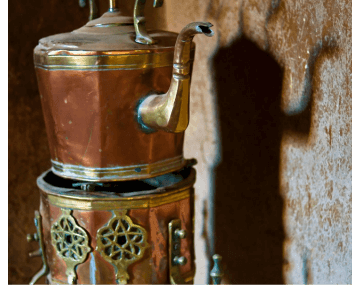
The choice of water is almost as important as the selection of the tea. Tap water can cause tea to lose much of its flavour. Wherever possible, use filtered or weakly mineralised water, which is lower in sodium and limestone.
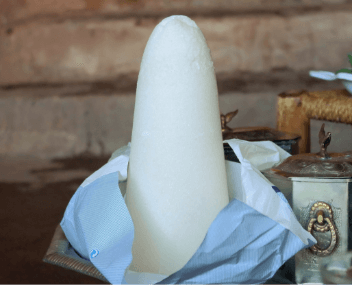
With or without sugar, your tea keeps all its flavour. In Morocco, sugar and tea are inseparable; in some regions, the expression "drink a glass of sugar" refers to the tasting of tea. For a purely traditional tea, many Moroccans use the sugar loaf, a true cultural symbol.
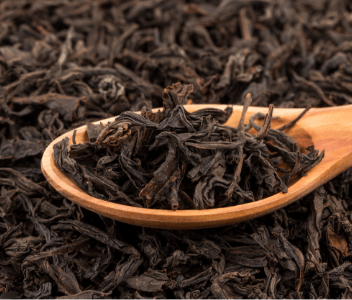
The two most popular types of green tea in Morocco are Gunpowder and Chun Mee. We judge the tea by multiple criteria: the appearance of the grain (color, shine, cleanliness), the taste, the smell, the moss, and the color of the infused tea. Whatever the type used, the preparation of tea must always obey the ancient rules of hygiene; wash it well with boiling water before adding sugar and mint.
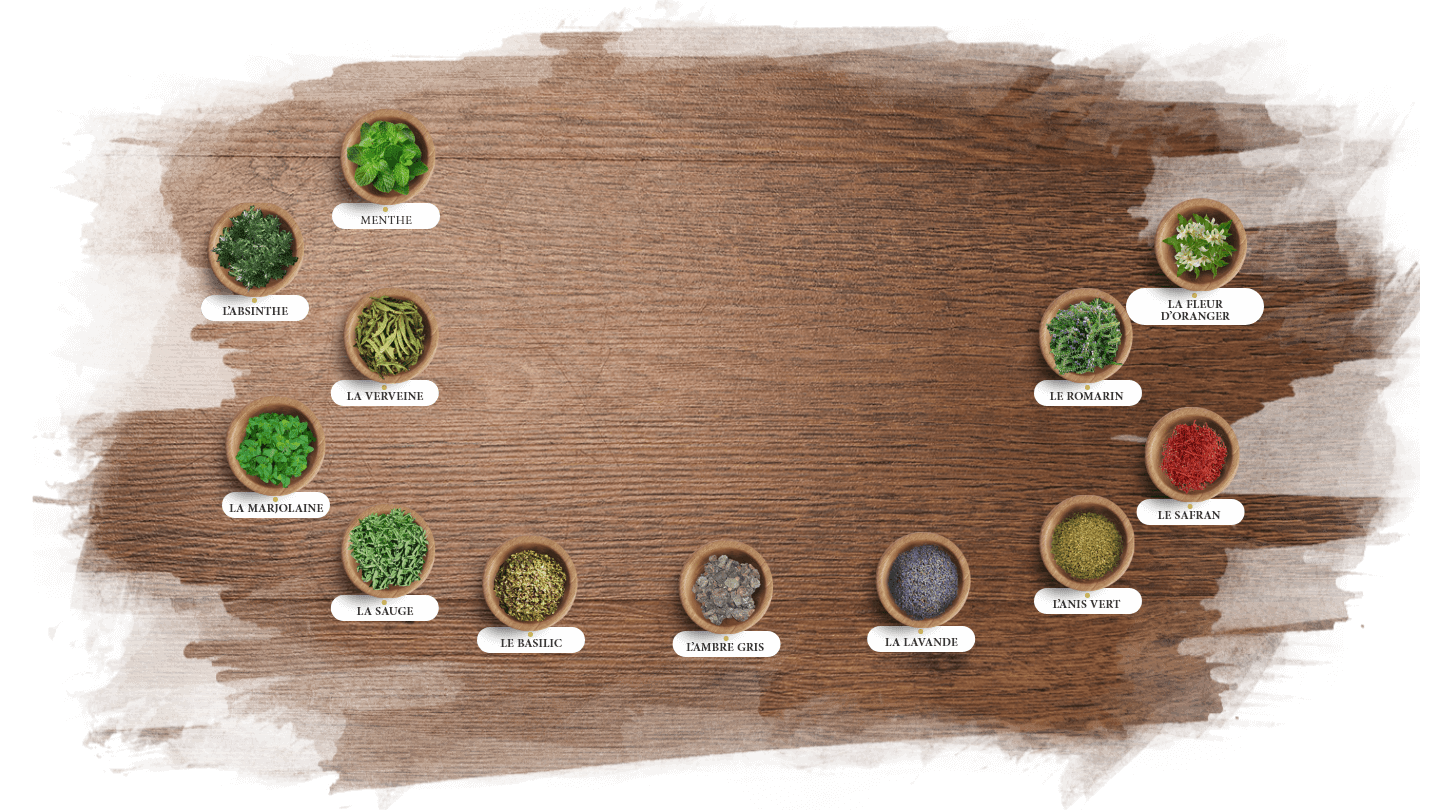
Mint, contrary to popular belief, is not systematically used in Moroccan tea. Depending on the region and time of year, many herbs are used for their antiseptic, antispasmodic, hypoglycemic and stimulant properties.
For Moroccan tea, taste, pleasure and aesthetic finish are incrementally linked. The choice of tea service will depend on the elegance of the shape of the teapot and the beauty of the patterns of the glasses. Urban populations and more particularly, wealthier families, have taken to using a tableware that is evolutive and characteristic for the use of the tea. Rural populations have continued to use the same copper utensils, practical and austere, and used for generations.
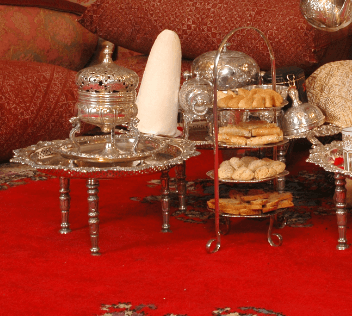
Tasting is an art and the accessories are of up most importance. Kettle, samovar, perfume burner (Mbakhra), perfume launcher, "Allaka" to present cakes and hand washers, both in silver, copper, pewter, gilded metal, aluminum and sometimes even gold. All these accessories and their presentation trays are the "Siniya", essential to the true tradition of ceremonial tea.
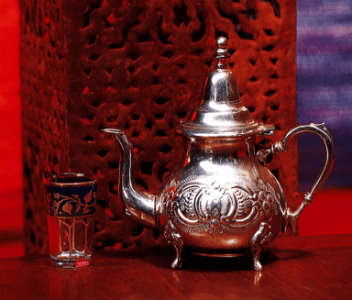
A pottery container generally made of metal, provided with a lid opening, a spout, and a handle to grasp it, the teapot was originally distinguished by its stability. In Morocco, the teapot is called "berrad", literally "cooler", a term that presumably comes from the central role played by the teapot in the tea preparation ceremonies, where it is used to collect boiling water, to infuse tea with mint and keep it, paradoxically, warm during the ceremony.
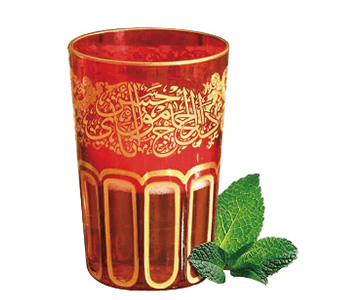
In Morocco, tea is drunk hot in a glass of medium size, often decorated and held between the thumb and forefinger. The tea glass can be made of rock crystal, which is cut and stamped, in well-off environments and may be made with industrial crystal in golden or silver and decorated with arabesques and often eye-catching oriental motifs. Glasses called "hayati" are the most common.
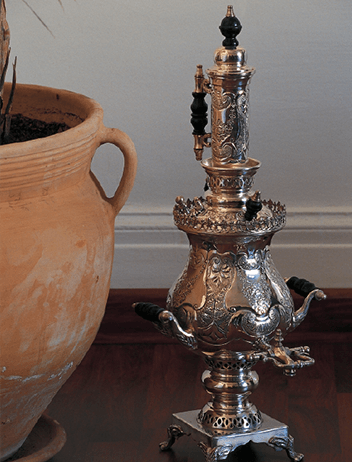
An emblematic figure of Russian tea, the samovar is a real "automatic tea machine". It consists of a central container forming the main body, with a tap emerging in its lower part. It has a fireplace and receptacle for receiving charcoal embers. This hearth is surmounted by a cylinder hollowed in its center, so that the water which it contains is heated by embers. The warm air rising from this central chimney warms the placed teapot, which contains the tea extract. The tap on the outer wall of the kettle makes it easy to pour hot water. In Morocco, the samovar "babbor", diverted from its original function, serves in particular as an object of pomp and value.
This item has been added to your cart